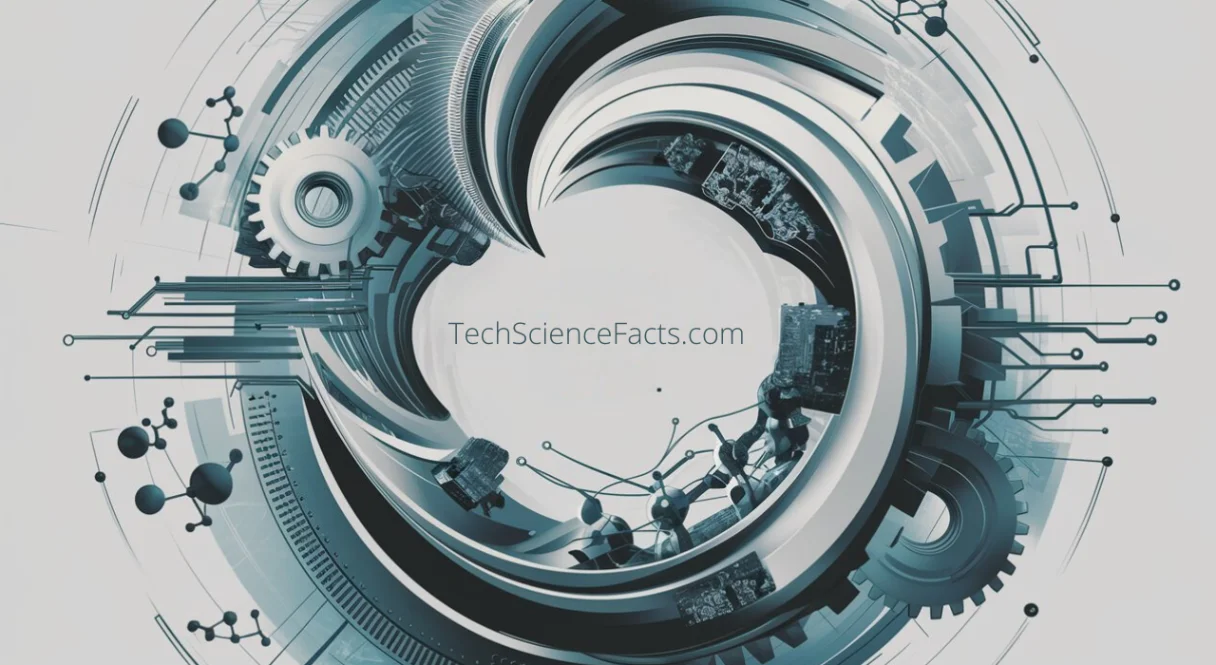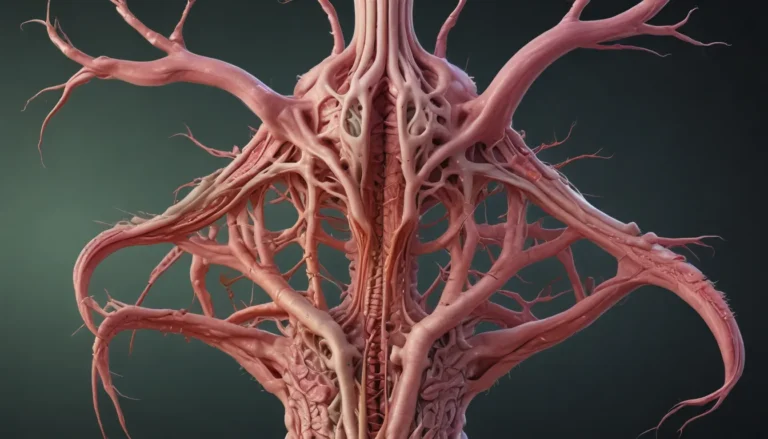A Note About Images: The images used in our articles are for illustration purposes only and may not exactly match the content. They are meant to engage readers, but the text should be relied upon for accurate information.
Are you curious about the mysterious world of post-translational modifications (PTMs)? These fascinating processes take place in living organisms after protein synthesis, shaping protein structure, function, and cellular activities. From regulating protein stability to influencing interactions with other molecules, PTMs play a vital role in the intricate dance within our cells.
The Enigmatic World of PTMs
Post-translational modifications are like a secret code that changes proteins, controlling their behavior, location, and interactions. With over 200 known modifications, including phosphorylation, acetylation, glycosylation, and ubiquitination, PTMs are incredibly diverse. Scientists act as detectives, unraveling the roles of these modifications in diseases and developing powerful tools to study and understand them better.
Unraveling the Impact of PTMs
These modifications are more than just chemical alterations; they regulate protein function by influencing protein-protein interactions, enzymatic activity, and cellular localization. Protein phosphorylation, one of the most common PTMs, is crucial for cellular signaling and regulating various biological processes. Meanwhile, glycosylation affects protein folding and stability, and acetylation impacts gene expression by modulating DNA accessibility.
Delving Deeper into PTMs
Methylation controls DNA and protein function, while palmitoylation anchors proteins to cell membranes. SUMOylation influences protein-protein interactions, and modifications like phosphorylation, methylation, and acetylation can affect enzymatic activity. Interestingly, PTMs can occur simultaneously on a protein, leading to crosstalk that impacts protein function.
The Reversible Nature of PTMs
Some modifications, such as phosphorylation and acetylation, can be reversed by specific enzymes. This reversibility allows for dynamic regulation of protein activity, adding another layer of complexity to cellular processes.
The Role of PTMs in Disease
Aberrant post-translational modifications have been linked to various diseases, including cancer, neurological disorders, and metabolic disorders. Understanding these modifications is crucial for developing targeted therapies and interventions to combat these conditions.
Exploring the Tools for Studying PTMs
Mass spectrometry is a powerful tool that allows researchers to identify and quantify specific PTMs in complex protein samples. This technology has revolutionized the study of PTMs, providing valuable insights into their mechanisms and roles in health and disease.
Continuing the Journey of Discovery
As scientists continue to explore the intricate world of post-translational modifications, new insights into their precise mechanisms and roles in biology are being uncovered. The complexity and significance of PTMs in cellular processes highlight their essential role in biology and pave the way for novel therapeutic interventions.
Unveiling the Fascinating World of Post-Translational Modifications
Post-translational modifications are not just chemical alterations but intricate processes that shape protein function and regulation. From phosphorylation to glycosylation, these modifications add layers of complexity to the proteome, influencing various cellular processes. Understanding the world of PTMs provides valuable insights into cellular biology and opens up new avenues for therapeutic interventions.
FAQs: Unraveling the Mysteries of PTMs
- What are post-translational modifications? Post-translational modifications refer to chemical alterations that occur in proteins after synthesis, influencing protein function and regulation.
- Why are post-translational modifications important? PTMs play a vital role in regulating protein function, localization, and interactions, contributing to protein diversity and various biological processes.
- How do post-translational modifications affect protein function? PTMs can alter protein activity, binding affinity, cellular localization, and serve as signaling mechanisms in response to cellular cues.
- Are post-translational modifications reversible? Many PTMs are reversible, allowing for dynamic regulation of protein function through the addition or removal of modifications by specific enzymes.
- Can post-translational modifications be targeted for therapeutic purposes? Understanding PTMs has provided opportunities for developing targeted therapies by manipulating specific modifications to modulate protein function.
- Are all proteins subject to post-translational modifications? Not all proteins undergo PTMs as the extent and type of modifications vary among different proteins based on cellular context and environmental cues.
Embracing the Beauty of Post-Translational Modifications
The intricate world of post-translational modifications offers a glimpse into the inner workings of our cells and provides a foundation for novel therapeutic interventions. As we dive deeper into the realm of PTMs, we uncover the complexities and mysteries of protein function and regulation. Trust in our commitment to quality and authenticity as you explore the wonders of post-translational modifications.
Post-translational modifications shape the world of proteins and influence cellular processes in profound ways. Are you ready to embark on a journey of discovery through the fascinating realm of PTMs? Join us as we unravel the mysteries of protein modifications and delve into the secrets of cellular biology.





